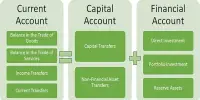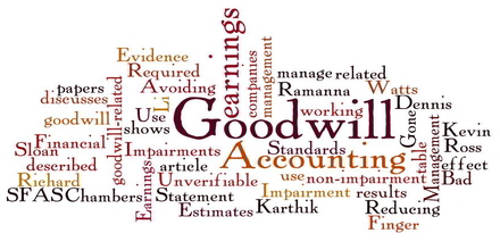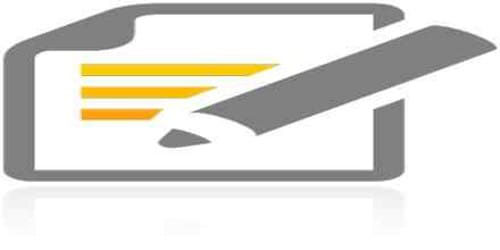Budgeting is an art form. Businesses can use a variety of accounting tools to plan for and track their monetary activity. A flexible budget is one tool that many businesses find useful. Budgeting formats are neither predetermined nor rigid. They differ depending on the nature of the data, the size of the transactions, and the person who creates the formats. However, whatever format is used, it should be neat, clean, and self-explanatory.
A flexible budget is one that adapts to a company’s activity or volume levels. This type of budgeting varies with a company’s level of activity or volume and is particularly useful for businesses that experience significant variations in cost-related activities throughout the year.
Formula Approach of Flexible Budget
Any difference between the results generated by a flexible budget model and the actual results is referred to as a flexible budget variance. This method includes a formula for each expense account within each responsibility center. If actual revenues are used in a flexible budget model, any variance will be between budgeted and actual expenses, not revenues. The formula calculates the fixed amount as well as the variable rate, i.e., the per-unit rate. When the actual number of units sold is entered into a flexible budget model, there may be discrepancies between the standard revenue per unit and the actual revenue per unit, as well as between the actual and budgeted expense levels.
This method is widely used in practice. A formula is used in this approach to express the straight-line relationship between total overhead costs and the fixed amount to be multiplied by the output level, i.e. labor hours, machine hours, or units produced. Cost factors for flexible budgeting purposes can be developed as follows:
Budget Allowance = Total fixed Costs + (Unit variable costs x Units)
Symbolically, BA = FC + (UVC x Q)
Where, Q = Output level i.e. labor hours, machine hours, or units produced
Example –
Company B has set aside $5 million in revenue and $1 million in the cost of goods sold in its budget. The company has determined that $400,000 of the $1 million in cost of goods sold is fixed and $600,000 will vary based on revenue. This means that the variable, or flexible, cost of goods sold is equal to 12% of the company’s revenue. At the end of the accounting period, Company B determines that it actually had $6 million in sales, which is $1 million more than expected.
The fixed cost of goods would have remained at $400,000 under the flexible budget, while the variable portion of the cost of goods would have been adjusted to $720,000 to reflect the 12 percent designated for this portion of the cost of goods. As a result, the company would have been able to account for the increased sales by incorporating an additional $120,000 into its variable cost of goods budget.
















